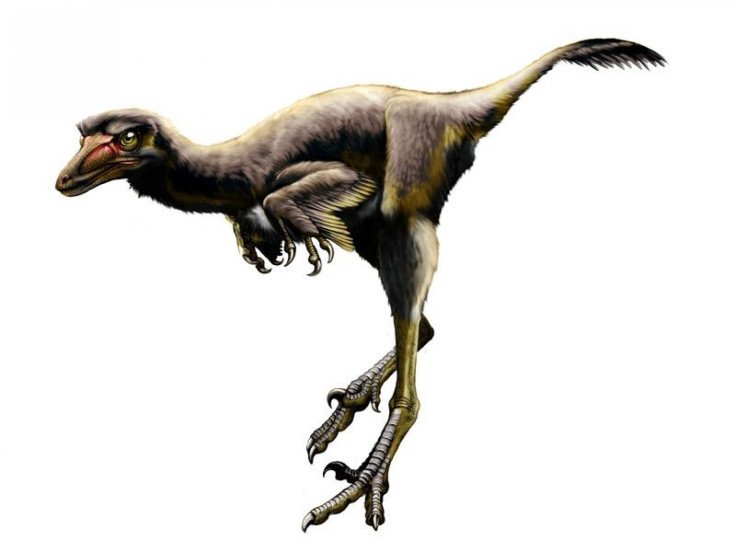Newly Discovered Raptor Dinosaur Had ‘Switchblade’ Killing Claws

A newly discovered dinosaur fossil revealed that Velociraptor and its dinosaur relatives didn't just use their sharp claws for show, but may have brandished the hook-like talons as weapons.
Battle damage found on the fossilized remains of the recently discovered species of raptor shows the impressive claw was not used as a walking aid or for show, as paleontologists previously thought.
The 75-million-year-old dinosaur, named Talos sampsoni, is a relative of the more famous Velociraptor, popularized in the Jurassic Park movies.
Talos was a type of troodontid, a group of dinosaurs whose anatomy suggests they were closely related to birds. It is estimated to have been about 6 feet long and weighed about 83 pounds.
The findings have been published in the journal Public Library of Science ONE, which indicate that the toe of this dinosaur was either bitten or fractured before becoming infected.
When the researchers began studying the fossil, they discovered signs of trauma to its second toe on its left foot, the one that would have borne an enlarged hook-like claw.
When we realised we had evidence of an injury, the excitement was palpable, said lead researcher Dr Lindsay Zanno, from the University of Wisconsin-Parkside in the U.S.
Finding a decent specimen of this type of dinosaur in North America is like a lighting strike... it's a random event of thrilling proportions, she added.
The researchers explained that evidence of injury can shed light on how a body part was used. Scientists analyzed the left toe using a high-resolution computed tomography (CT) X-ray scanner.
People have speculated that the talon on the foot of raptor dinosaurs was used to capture prey, fight with other members of the same species, or defend the animal against attack. Our interpretation supports the idea that these animals regularly put this toe in harm's way.
It remains uncertain what Talos might have eaten. Many are still debating over what its relatives ate, Zanno said. My recent research suggests it was probably either a carnivore or an omnivore, eating some degree of prey.
The specimen was discovered in the 1.9-million-acre Grand Staircase Escalante National Monument in southern Utah, an area regarded as one of the last pristine dinosaur graveyards in the United States.
At least 15 new dinosaur species have been discovered in the area in the past decade, including horned dinosaurs Kosmoceratops and Utahceratops, duck-billed dinosaurs like Gyrposaurus monumentensis, the turkey-like Hagryphus giganteus, as well as two new tyrannosaurs and a collection of armored dinosaurs known as ankylosaurs.
© Copyright IBTimes 2024. All rights reserved.





















